Loop Diagram helps us to read the wiring connections from field instruments to system cabinet. Find the top 15 Loop Diagram Questions here.
Read: What are Loop DIagrams?
Examine this loop diagram, and answer the following questions:
Loop Diagram
Click on the image to zoom
Question 1:
What type of control loop is represented in this diagram? In other words, what is the process variable, and how is this process variable manipulated?
Question 2:
What is the calibrated range of the sensing instrument?
Question 3:
How are physical locations for wire connection points declared in this diagram?
Question 4:
Assuming the resistor inside the DCS input card is 250 ohms, calculate the amount of voltage between terminals 23 and 24 at a transmitter signal value of 50%.
Answer: At a 50% signal (12 mA in a 4-20 mA range), the voltage dropped between terminals 23 and 24 will be 21 volts.
Question 5:
Identify where wires are part of a larger, multi-conductor cable, and identify how those wires are distinguished from all the others in that cable.
Question 6:
Identify the convention used to label wire pairs for each field instrument. In other words, how can a person tell whether a certain wire pair is going out to the transmitter, the indicator, or the control valve?
Question 7:
Identify at least two different ways you could measure the transmitter’s signal without interrupting the 4-20 mA current signal to the flow controller.
Question 8:
Explain why interrupting the loop’s continuity is a bad thing if the control system is operating, controlling a live process.
Question 9:
What do the letters “FI” and “FO” stand for? Are these labels ISA-standard?
Question 10:
Is FT-733 self-powered or loop-powered? How can you tell?
Question 11:
Sketch arrows showing the direction of electric current in each wire (using conventional flow notation), identifying each component as being either a source or a load.
Question 12:
Identify all the effects of pair 4 within cable ISOM-18 failing open and failing shorted.
Question 13:
Identify all the effects of cable FI-733 failing open.
Question 14:
Identify all the effects of pair 5 within cable ISOM-18 failing open and failing shorted.
Question 15:
When we use loop diagrams for troubleshooting? Explain with some examples.
Share your answers with us through comments.
Read Next:
- HART Communicator Analysis
- Instrumentation documents
- What are Instrument Errors?
- Configure a Smart Transmitter
- What is NAMUR NE 43?
Credits: Tony R. Kuphaldt
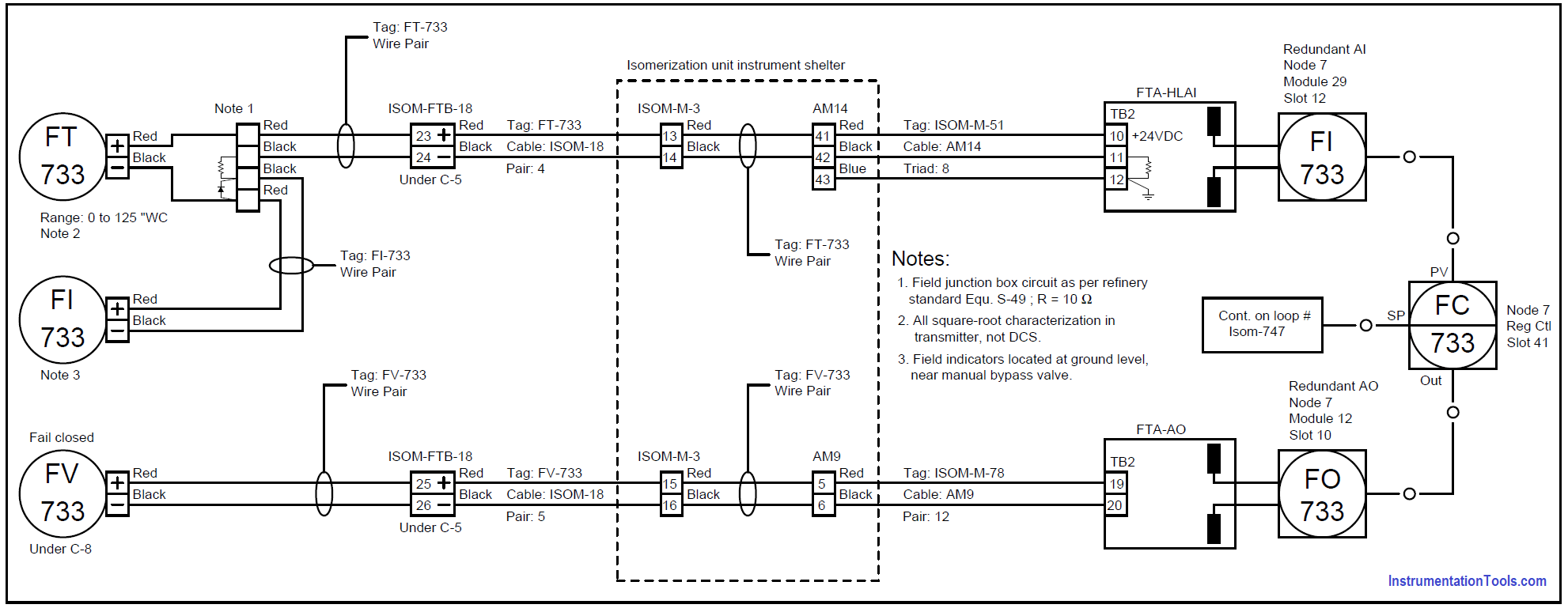

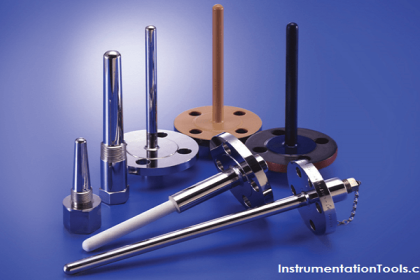
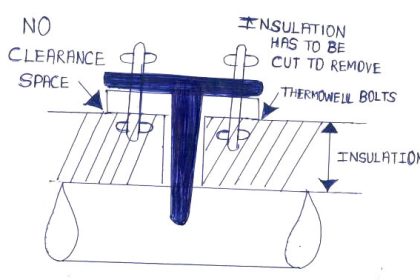


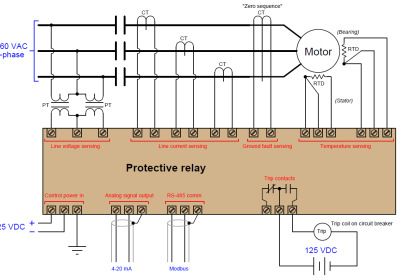
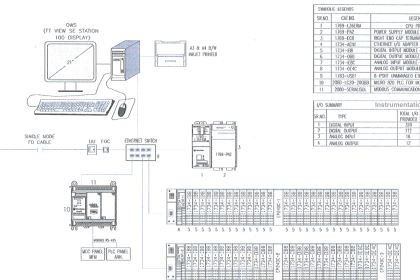
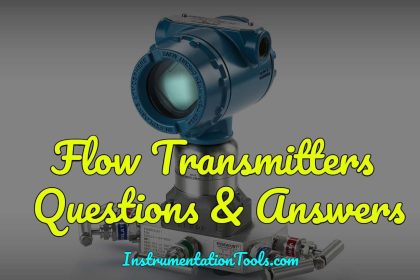
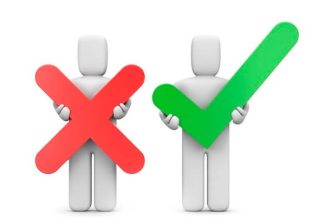
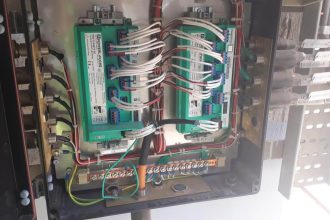
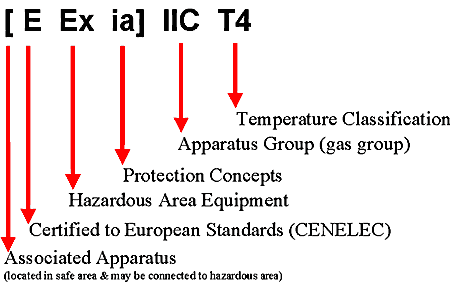



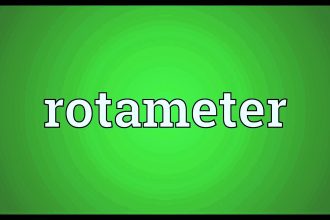
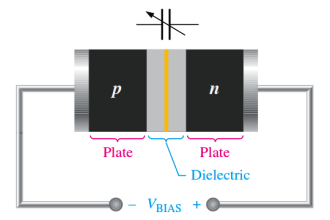

answer for question 1
this diagram is repersenting a closeloop, and flow is the process variable . and the process variable can be manupulated by (fv-733)
answer for question 2
the calibration range of the sensing element is 0-125 wc
I have a question. What software is used to draw loop diagrams?? I have never found how to draw them. Is it auto CAD? Is it Visio? Is it MS excel?
It depends on client requirement during EPC stage, In General Loop Diagrams are generated in Smart Plant Instrumentation, Aveva Instrumentation and then submitted in Autocad or Microstation files & PDF copies.
SPI Intools can be used to create ILDs
apart from spi intools, which software we can used??
Need answer for q6 please
There are several ways to name the wires, in the general case we shall follow the numbering procedure or engineering document such as wiring diagram, the common method is to identify the wire as follow:
Tag the Instrument wire following the instrument tag by adding + and – on the instrument side.
And instrument tag ending with terminal numbers
what does FO stand for?
Flow output module as I understood
FI is Flow input module
Maybe it means PLC’s or DCS’s modules
Can someone explain question 12-14?
Sir,
Why control signal range is 4-20 mA ? why not 2-18mA, 5-21mA,10-26mA ?
4-20mA is a standard in industry.
Please answer someone the Q12 and Q13 please.